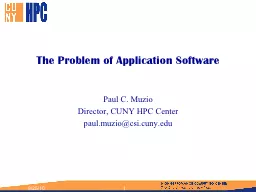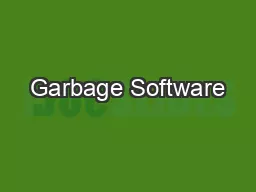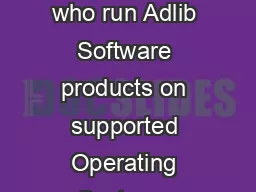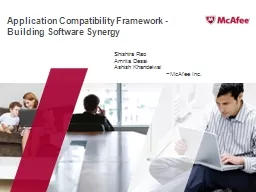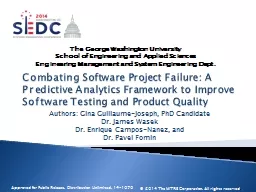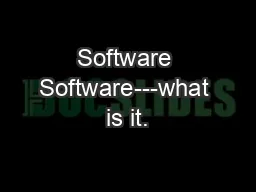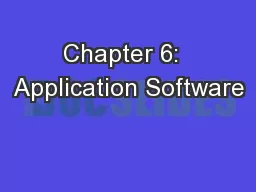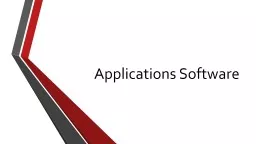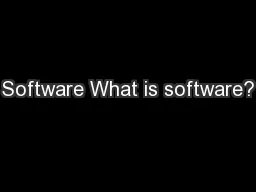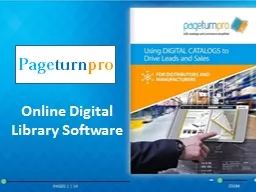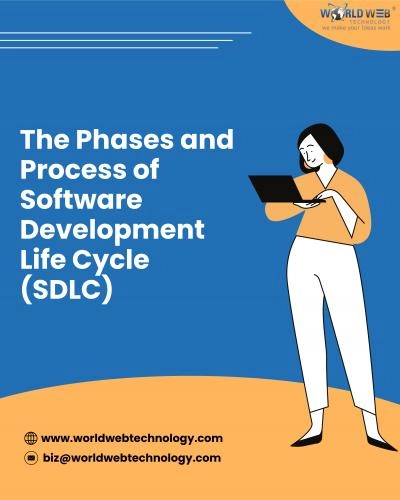PPT-The Problem of Application Software
Author : burganog | Published Date : 2020-06-15
Paul C Muzio Director CUNY HPC Center paulmuziocsicunyedu 92510 1 Comments expressed in this presentation are those of the author and do not necessarily reflect
Presentation Embed Code
Download Presentation
Download Presentation The PPT/PDF document "The Problem of Application Software" is the property of its rightful owner. Permission is granted to download and print the materials on this website for personal, non-commercial use only, and to display it on your personal computer provided you do not modify the materials and that you retain all copyright notices contained in the materials. By downloading content from our website, you accept the terms of this agreement.
The Problem of Application Software: Transcript
Download Rules Of Document
"The Problem of Application Software"The content belongs to its owner. You may download and print it for personal use, without modification, and keep all copyright notices. By downloading, you agree to these terms.
Related Documents

